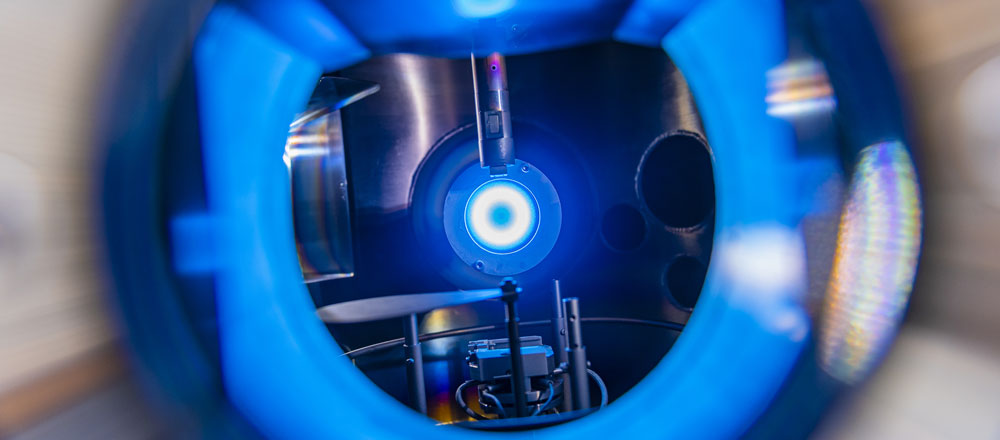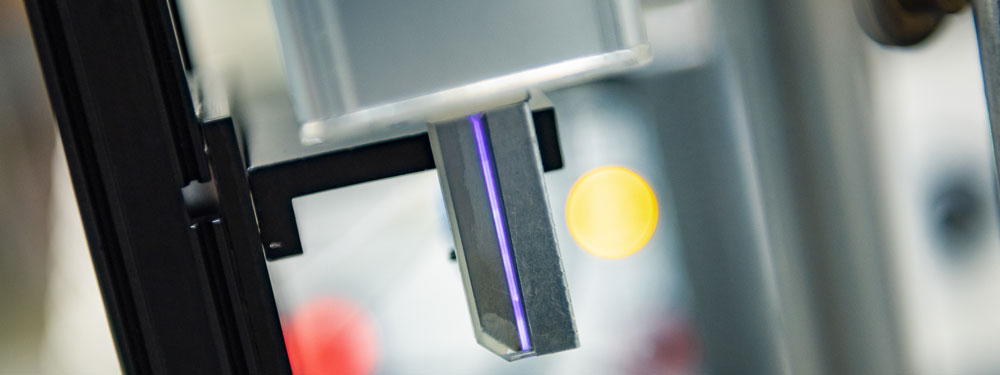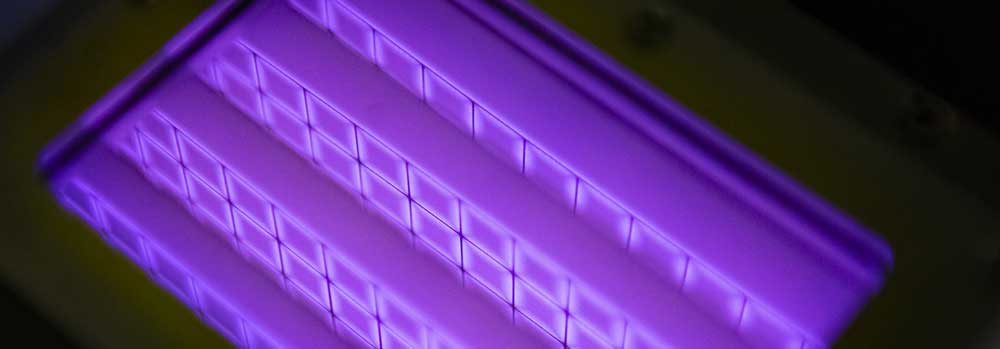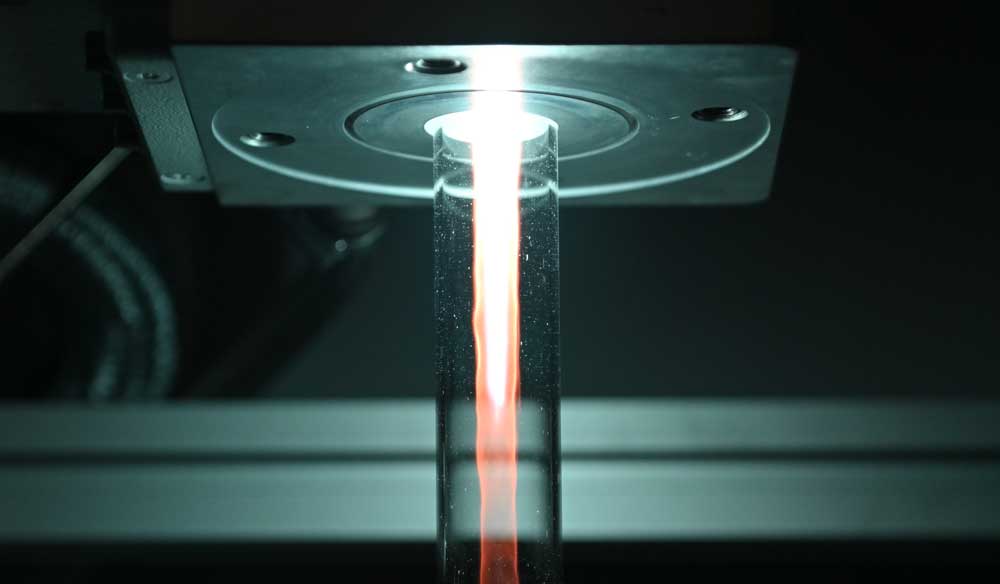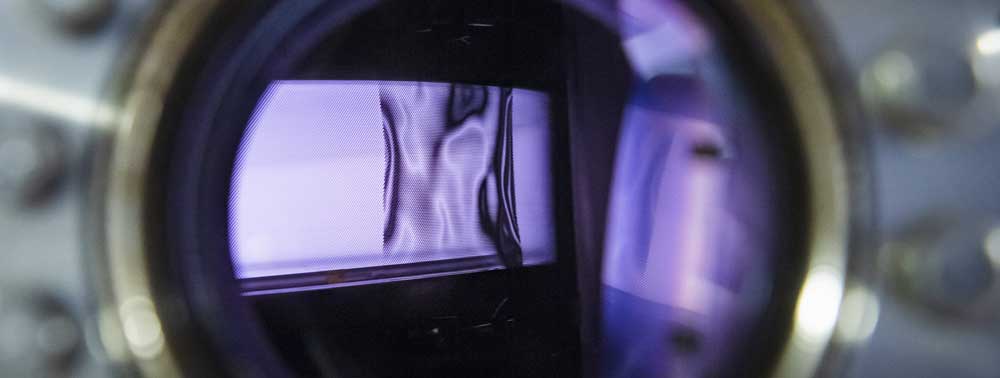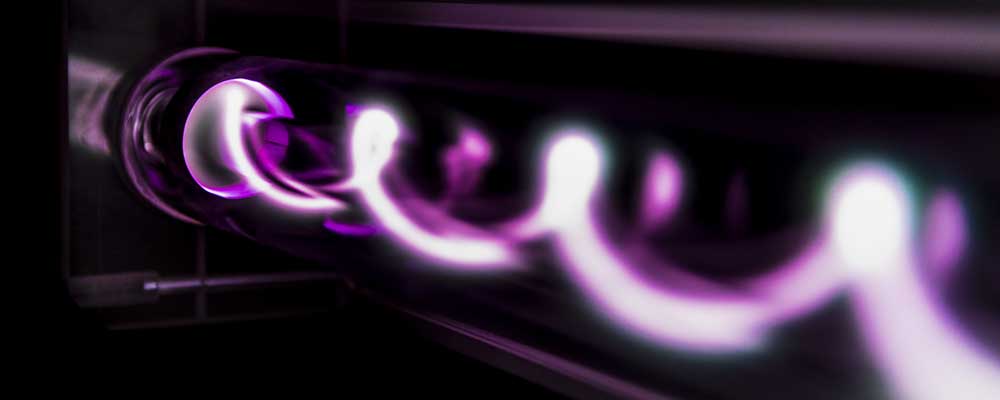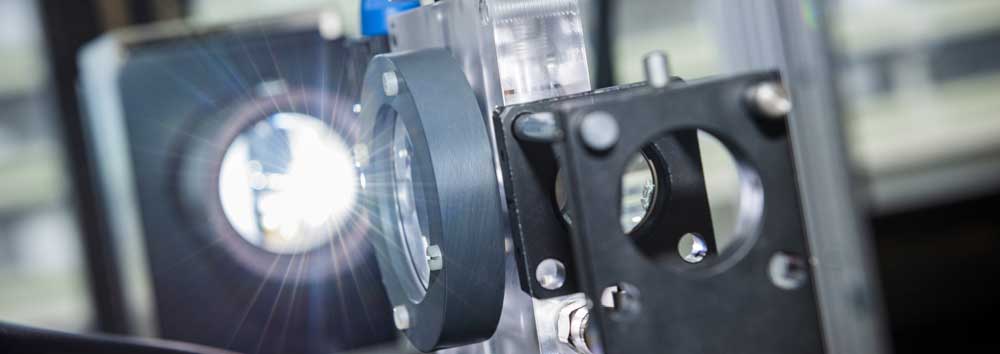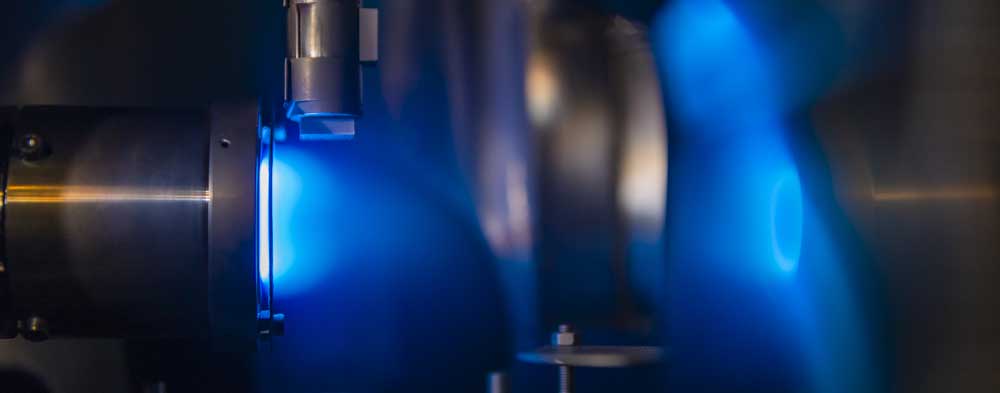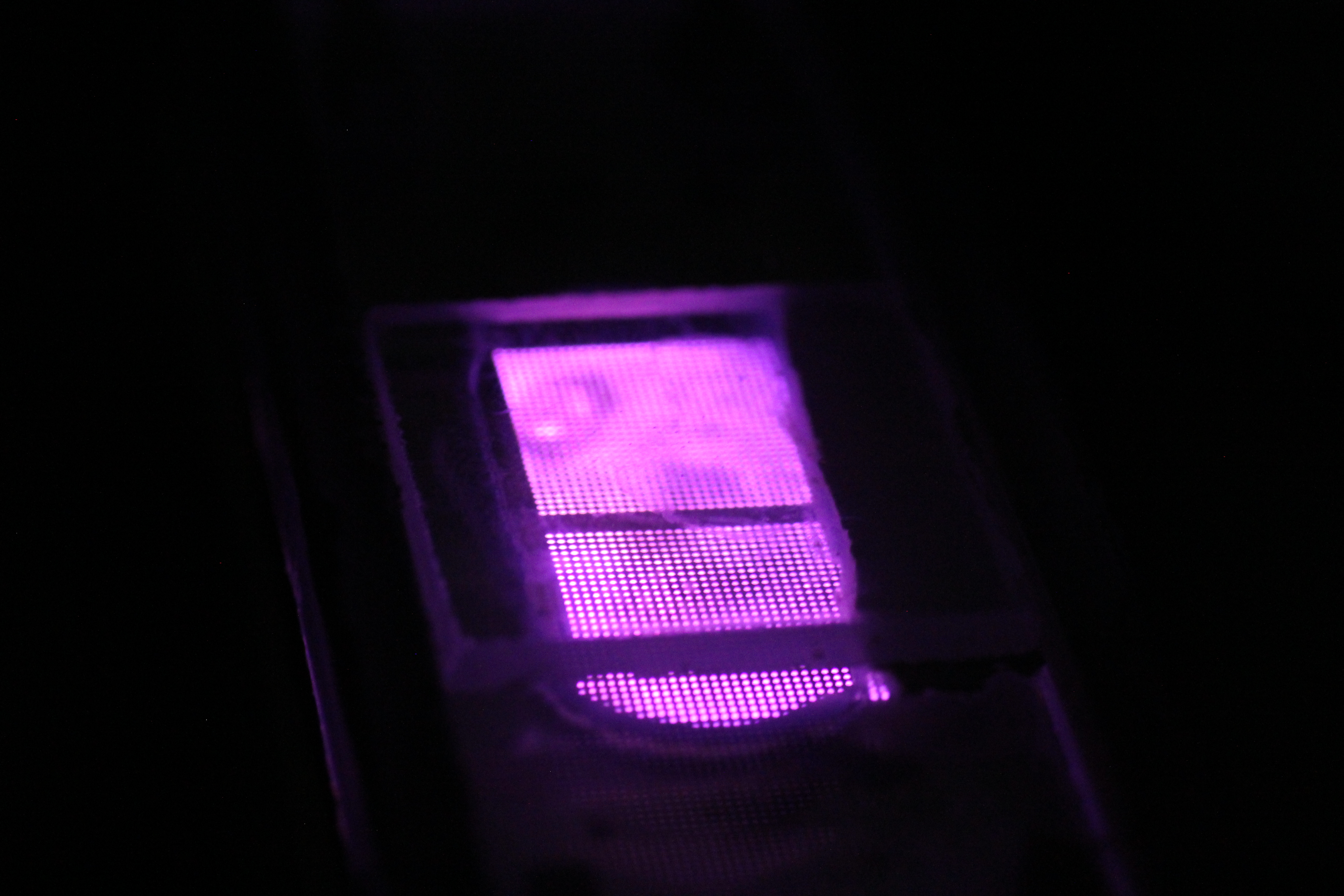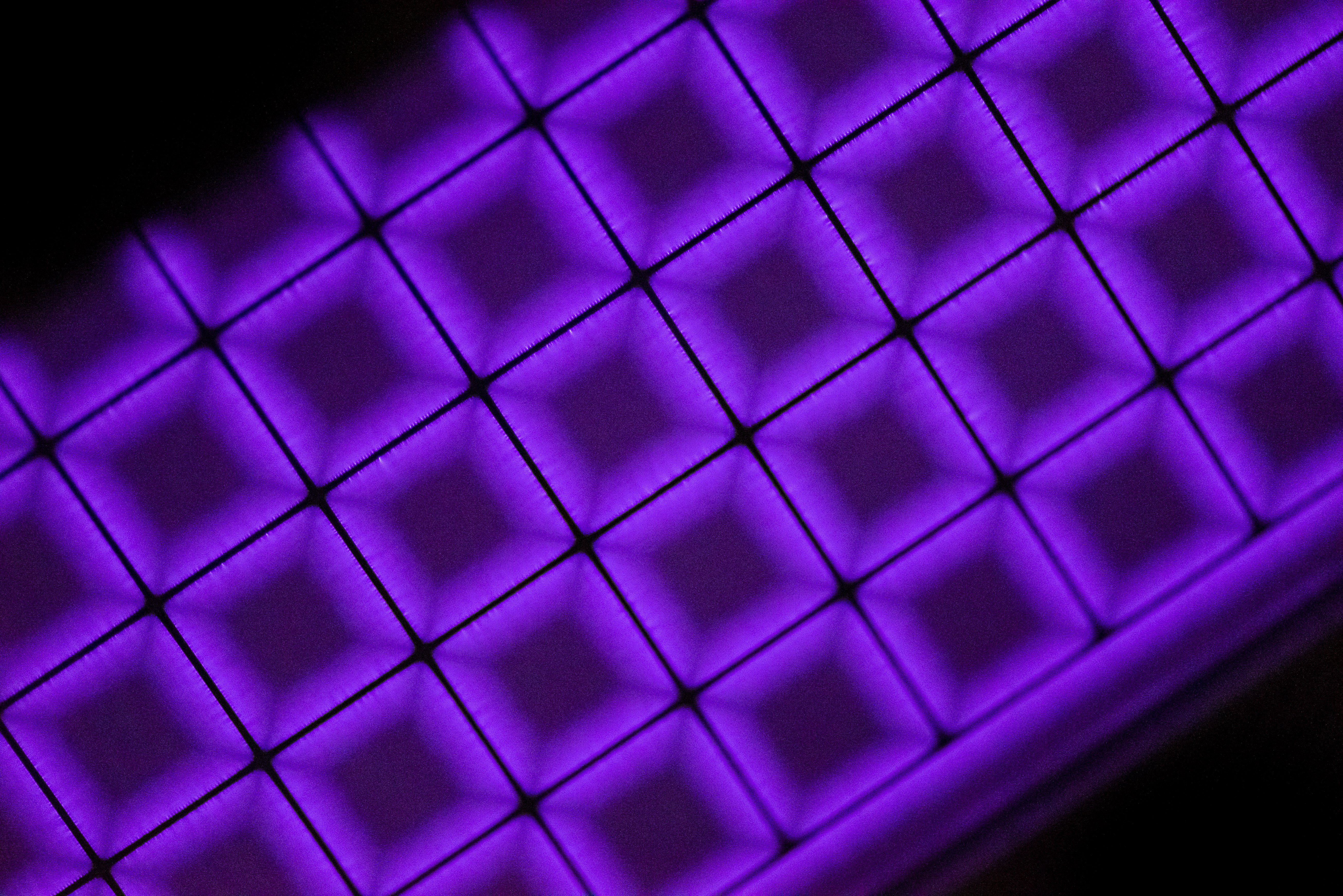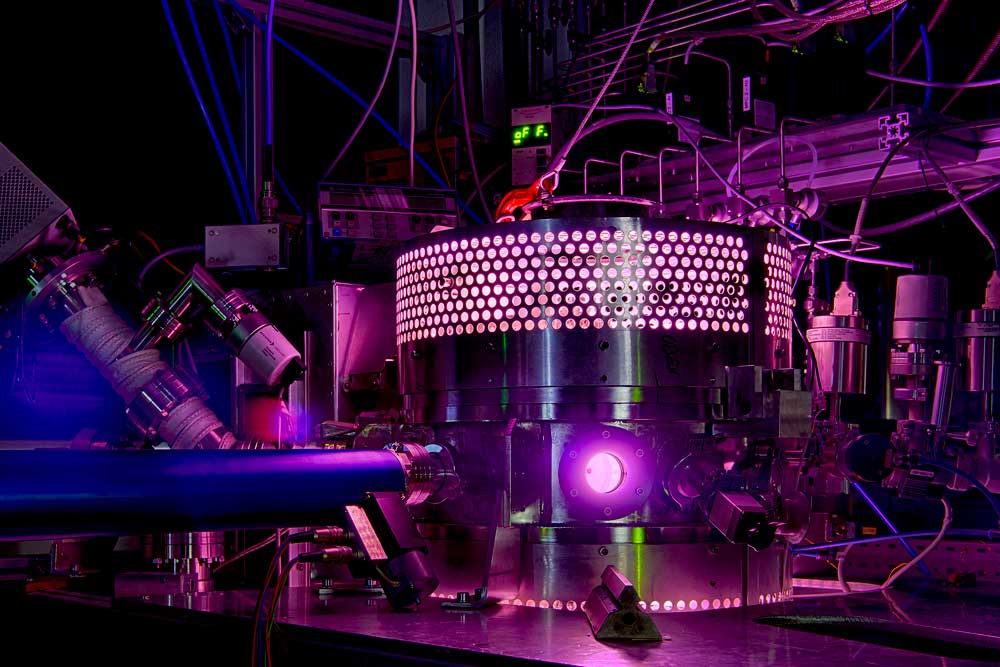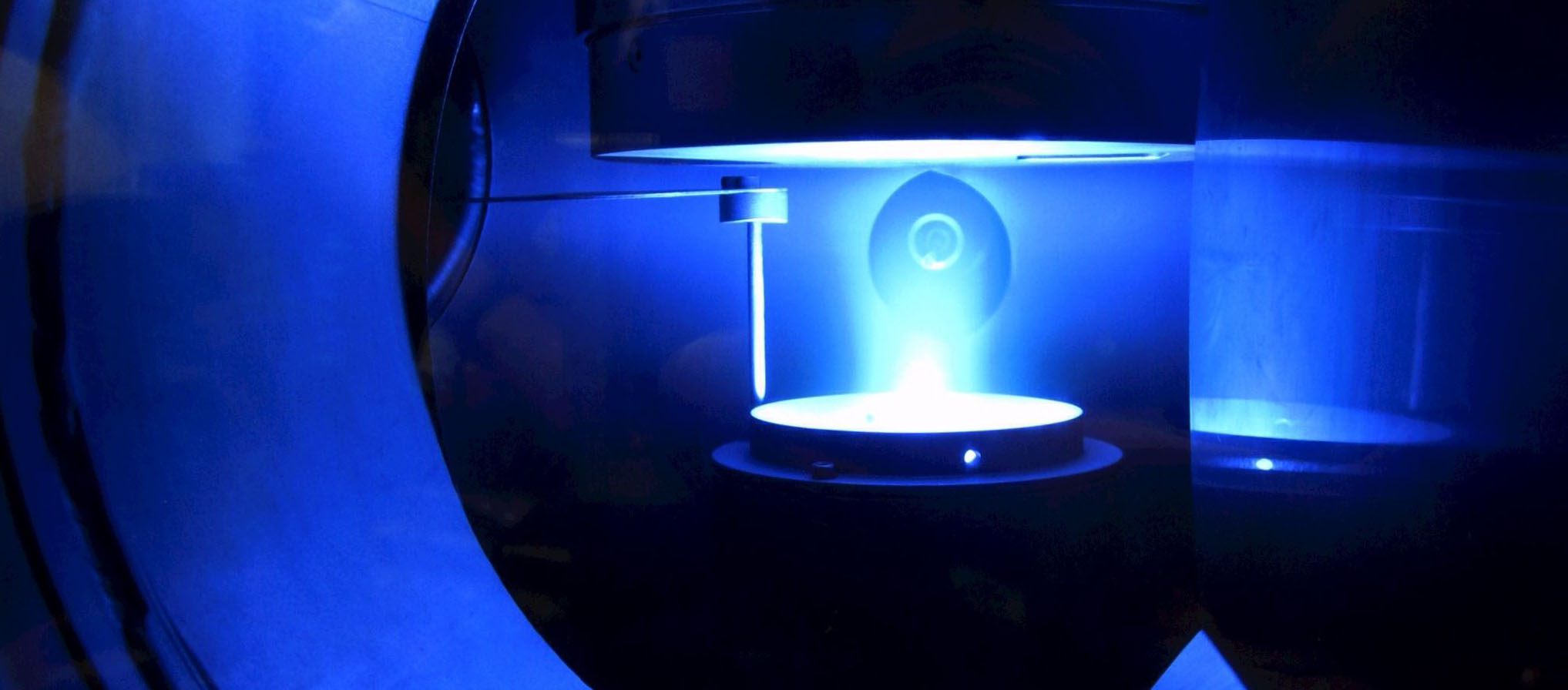- Details
18. European Summer School
18. European Summer School, Physikzentrum Bad Honnef, 5.-12. Oktober 2013
“Low Temperature Plasma Physics: Basics and Applications” (5.-10. Oktober 2013)
und Masterclass "Plasma Medicine"(11./12. Oktober 2013)
http://www.plasma-school.org/
- Details
EP2
REMI DUSSART UND VALENTIN FELIX
Master student Valentin Felix from GREMI [Groupe de Recherches sur l'Energetique des Millieux Ionises], Université Orléans, (France) stays with the RD Plasma from September 23rd till October 4th, 2013. He works together with Dr. Volker Schulz-von der Gathen and Judith Golda. Valentin's supervisor Remi Dussart visits as well on September 23rd-25th. The cooperative work on the development of microarrays is supported by the DAAD in the frame of a bilateral PROCOPE project (ID 54366312).
- Details
EP2
DR. MARTIN KORMUNDA
Dr. Martin Kormunda from the Department of Physics at Faculty of Science at the University of J. E. Purkyně in Ústí nad Labem will visit Jun.-Prof. Dr. Jan Benedikt from 23-27.09.2013 in the framework of an Erasmus exchange. He will give a lecture on "Plasma Tretment of Polymers, Glasses and Metals by Diffuse Coplanar Surface Barrier Discharge " on 9/26 from 16:15 in NB 5/158. Interested parties are welcome to attend!
- Details
ISPC 21 - 21ST INTERNATIONAL SYMPOSIUM ON PLASMA CHEMISTRY
The 21st International Symposium on Plasma Chemistry (ISPC 21) was held at the Cairns Convention Centre, adjacent to Australia’s Great Barrier Reef, from August 4th - 9th, 2013. Prof. Dr. Achim von Keudelll, Prof. Dr. Jörg Winter, Dr. Volker Schulz-von der Gathen and PhD student Hendrik Bahre participated in the conference.
- Details
TP4
MOHEMEDREZA TAGHADOSI
From 9/7-31/12/2013, Mr. Mohemedreza Taghadosi, a PhD student from Iran, is a guest at the Department of Space and Astrophysics (TP4). Mr. Taghadosi is an expert on the calculation of the nonlinear evolution of filamentation instability in current-driven plasmas. In a talk at the TP4 chair seminar, he presented a very interesting method that can also be used for our work on cosmic magnetic field generation by filamentation instabilities.
- Details
INTERNATIONAL CONFERENCE ON PHENOMENA IN IONIZED GASES (ICPIG) 2013
The XXXI edition of the International Conference on Phenomena in Ionized Gases (ICPIG) is held in Spain for the first time after the first ICPIG that took place back in 1953 in Oxford (UK) 60 years ago. It takes place in Granada from July 14th-19th, 2013. The ICPIG, a tradicional International conference with a remarkably long history, is held every two years and covers nearly all aspects of phenomena in ionizad gases from fundamentals to applications. The ICPIG topics are grouped into four major sections (A. Fundamentals; B. Modeling, Simulation and Diagnostics; C. Plasma Sources and Discharge Regimes; D. Applications) with each major section structured into several sub-topics.
This prestigious conference has been the forum for discussion of nearly all fields in plasma science since 1953, from the fundamentals of the interaction of charged particles with molecules to plasma chemistry, surface treatment and thin film technology, plasma medicine, light sources, plasma assisted combustión, plasma material processing, atmospheric and stellar plasmas, environmental protection and pollution control, plasma aerodynamics, and non-thermal plasmas in fusion devices.
Dr. Teresa de los Arcos, Dr. Carles Corbella Roca, Simon Große-Kreul, and Dr. Ante Hecimovic represent the SFB-TR87 and the Research Department "Plasmas with Complex Interactions".
- Details
Astronomy
DR. ALEXEI MOISEEV
Dr. Alexei Moiseev from the Special Astronomical Observatory of the Russian Academy of Sciences will be a guest at AIRUB with PD Dr. Dominik Bomans from Sept. 1-Oct. 30, 2013. The two researchers are collaborating on Fabry-Perot observations of ionized gas in strongly star-forming dwarf galaxies.
- Details
EP5
ALEXANDER VON HUMBOLDT FELLOW: DR. XI-MING ZHU
From 1.11.2013 Dr. Xi-Ming Zhu from Beijing/China (Tsinghua University) is a postdoctoral researcher with Prof. Dr. Uwe Czarnetzki (Experimental Physics V). He has received a research fellowship from the Alexander von Humboldt Foundation for the duration of 24 months.
- Details
Astronomy
DR. EVGENII VASILIEV
Dr. Evgenii Vasiliev from the Dept. of Space Physics, Univ. Rostov-on-Don will be a guest of PD Dr. Dominik Bomans from July 1-12, 2013 and will give a talk on "Metal ions in the ISM/IGM: equilibrium or time-dependent?" on July 11 at 15:30 in NA 7/32.
Interested parties are welcome to attend!
- Details
40TH EUROPEAN PHYSICAL SOCIETY CONFERENCE ON PLASMA PHYSICS
The 40th EPS Conference on Plasma Physics takes place in Helsinki, Finland, from July 1st—5th 2013. This conference continues the series of European Physical Society (EPS) conferences on Plasma Physics, encompassing the fields of fusion research, magnetic confinement fusion, beam plasmas, laser-plasma interaction and inertial confinement fusion, dusty and low temperature plasmas, as well as space and astrophysical plasmas and basic plasmas. Ruhr-University Bochum is represented by Jun.-Prof. Dr. Jan Benedikt, presenting the progress in the research of plasma-surface interaction of atmospheric-pressure plasmas (results of the Research Unit FOR 1123 “Physics of Microplasmas”), and PhD student Sascha Ridder, who is presenting work with the title “FlareLab: Short time-scale diagnostics for rapidly moving magnetic flux Tubes.“
- Details
EP2
THOMAS GAUTIER
Dipl.-Phys. Thomas Gautier is doing his PhD in the framework of the co-tutele with the University of Versailles Saint Quentin, France, at Prof. Dr. Jörg Winter's Chair of Experimental Physics II and is again a guest at RUB from June 24-27, 2013. He is working on the question of plasma polymerization of nanoparticles, the main chemical reactions leading to the formation of these particles,and their chemical composition. For this purpose he uses infrared spectroscopy, chromatography, XPS and mass spectroscopy. The goal is to understand how the nanoparticles are formed in the atmosphere of titanium.
